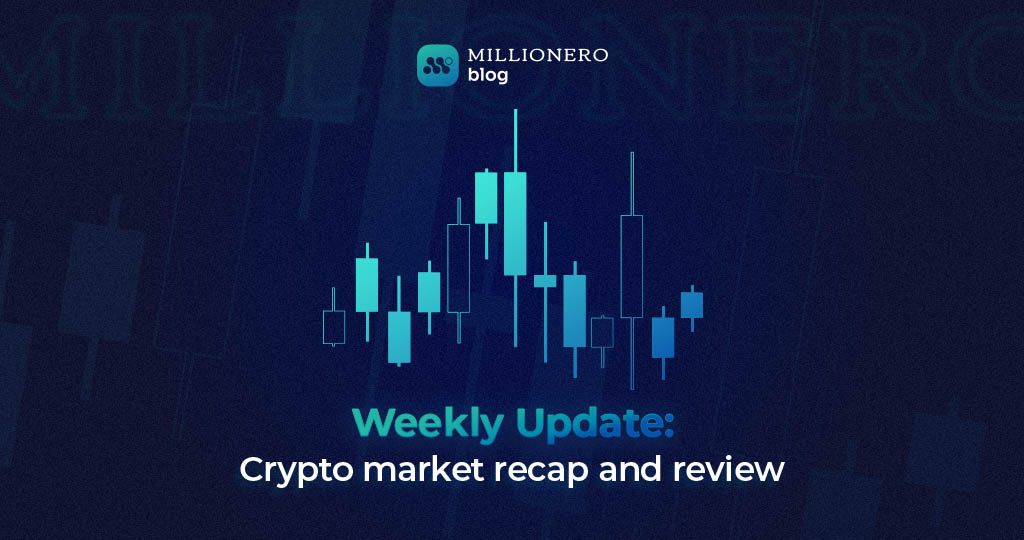
Weekly Crypto and Economy Recap: It was a turbulent and eventful week across crypto, global markets, and regulation. From whale activity to SEC shifts, from Trump’s new tariffs to DeFi vs CeFi drama. Here’s what unfolded, grouped into the key themes shaping the conversation.
Whales Are Back
Bitcoin made headlines again, not just for price action, but for accumulation behavior. According to Glassnode, whales (wallets with large BTC holdings) have accumulated 129,000 BTC since March 11. That’s the strongest pace since August 2024. At the same time, MicroStrategy, under Michael Saylor, bought 6,911 BTC worth 584 million USDT, doubling down on their bullish stance.
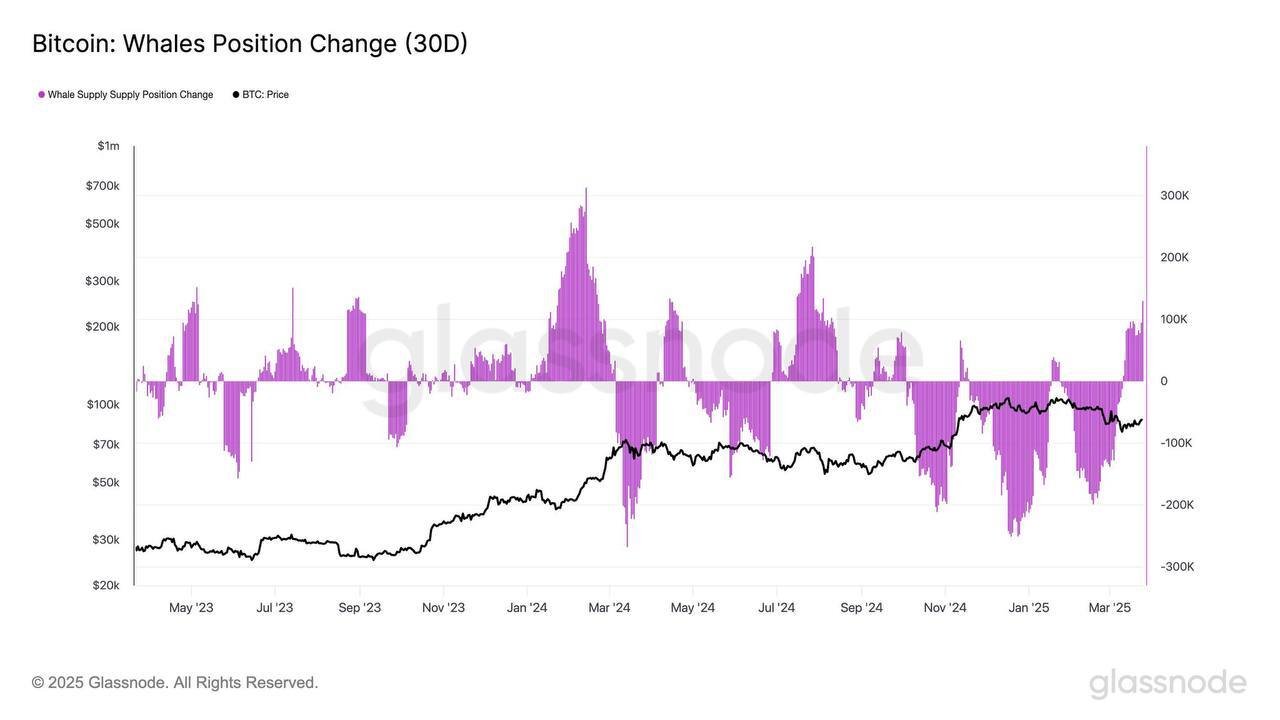

Bitcoin miners are also holding tight. No large sell-offs were detected, signaling continued confidence in the market’s direction. Meanwhile, BTC’s market cap is pulling further away from altcoins, widening the dominance gap.
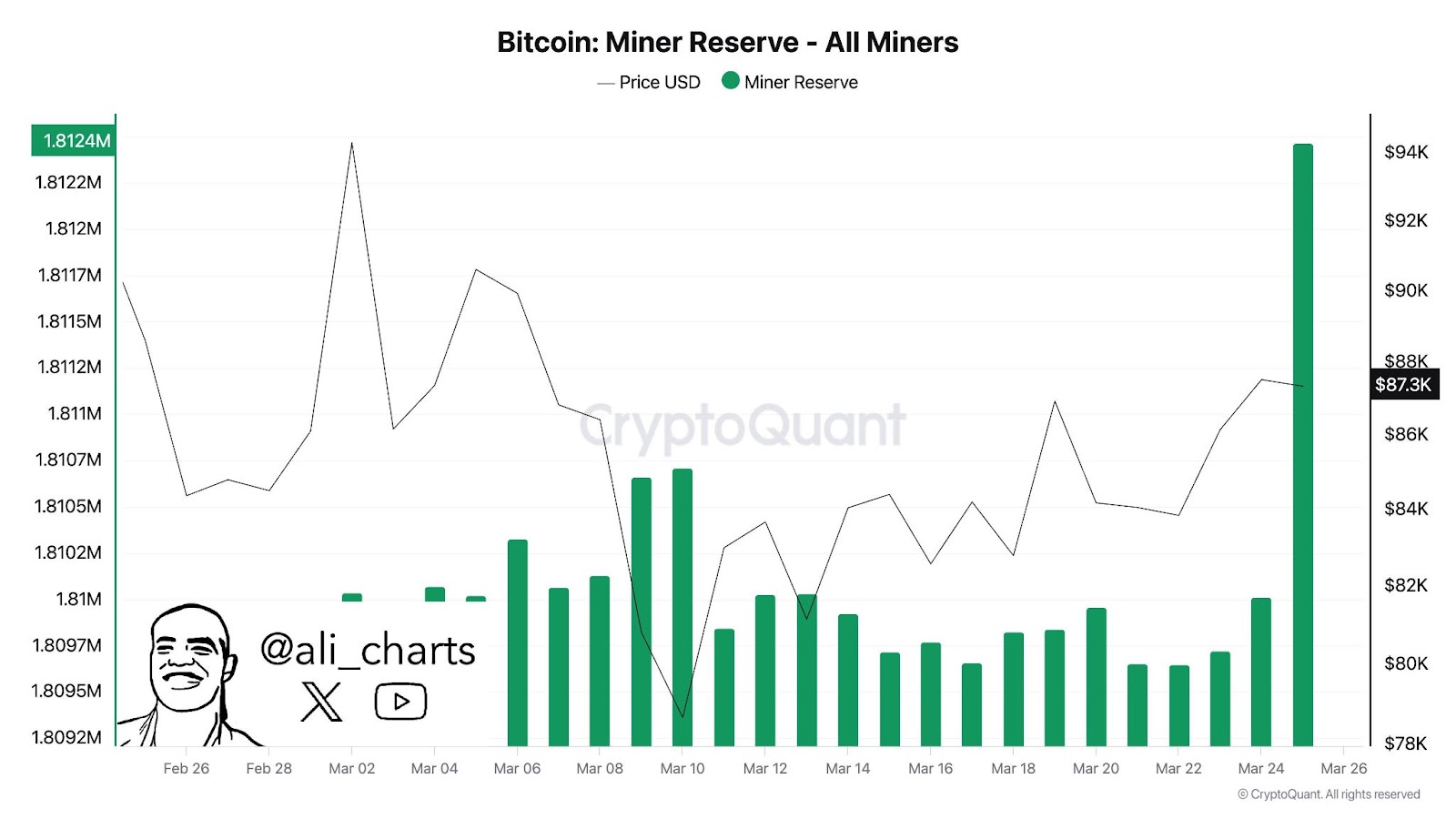

Source | X @ali_charts
Standard Chartered added to Bitcoin’s institutional credibility this week, suggesting BTC should replace Tesla in the “Mag 7” index. The bank framed Bitcoin not only as a store of value, but as a “tech-asset” that could actually reduce portfolio volatility. A sign of shifting narratives at the highest levels of finance.
Arthur Hayes, now pardoned by Trump (more on that later), predicted BTC would hit 110,000 USDT before a pullback to 76.5K. Whether that plays out remains to be seen, but optimism among big players is clearly back.
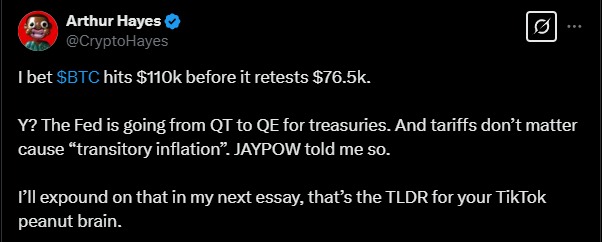

Source | X @CryptoHayes
Regulation: A Turning Point?
Something shifted at the SEC this week. Several crypto investigations were closed with no action:
- Crypto.com: SEC dropped the case without enforcement.
- Kraken, Consensys, DRW Cumberland: Civil suits dismissed.
- Immutable (IMX): The SEC ended its investigation after issuing a Wells Notice five months ago.
This might be part of a broader change. SEC Crypto Task Force head Hester Peirce hinted at clearer and more stable crypto regulation ahead.
Paul Atkins, a pro-crypto figure and nominee for SEC Chair, disclosed $327 million in assets, including $6 million in crypto. He also holds shares in Anchorage Digital and Off the Chain Capital, signaling deep roots in the crypto space.
The SEC also announced four new roundtable discussions to shape crypto policy between April and June. Momentum is building toward a more defined regulatory framework.
Solana in Motion: ETFs, Transfers, and Tokenized FX
Solana had a week packed with updates:
- Solana Spot ETFs: Big names like Fidelity, Franklin Templeton, and VanEck are lined up waiting for SEC approval. If approved, SOL could be treated like a commodity, similar to BTC and ETH. This would be a major win for Solana’s legitimacy in the eyes of US regulators.
- Pump.fun Transfers: Over 104,000 SOL were sent to Kraken this week, bringing the total to 2.73 million. These big transfers are raising concerns about price pressure and liquidity impacts.
- VGBP: The first GBP-pegged token launched on Solana. If it gains traction, it could become a blueprint for other FX-backed stablecoins and further globalize Solana’s ecosystem.
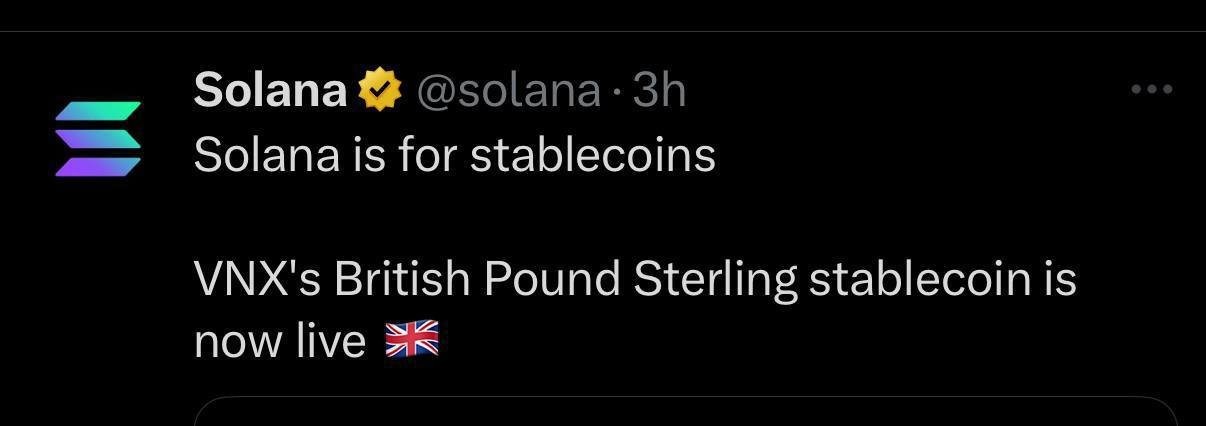

Source | X @solana
DeFi vs CeFi: The JellyJelly Conflict
This week saw a dramatic escalation in the tension between decentralized and centralized exchanges.
Hyperliquid, a new decentralized platform, saw explosive growth, 22 billion USDT in 24-hour volume. But things got messy fast.
- A whale, reportedly connected to Binance, opened a 6 million USDT short on a low-cap token called JellyJelly.
- Then, they pumped the price themselves, causing their own position to be force-liquidated.
- This left Hyperliquid stuck with a “toxic” short, losing over 10 million USDT and facing risk of collapse.


Source | X @zachxbt
Binance later listed JellyJelly, raising eyebrows. Was it a coordinated attack to crush a rising DeFi star? Unlike previous times when CEXs helped platforms recover from hacks, this time their response was silence.
Hyperliquid responded by delisting JellyJelly and closing all positions, trying to end the crisis, but the damage was done. This might just be the opening battle in a longer CeFi vs DeFi war.
Stablecoins: Testing, Expansion, and Regulation
Stablecoins took the spotlight again with major updates:
- Fidelity is in late-stage testing of its own stablecoin. If launched, it would directly compete with Circle’s USDC and PayPal’s PYUSD, raising the stakes in the dollar-pegged race.
- Circle became the first officially approved stablecoin issuer in Japan.
- Ethereum chain saw its all-time highest stablecoin supply: 132.4 billion USDT worth.
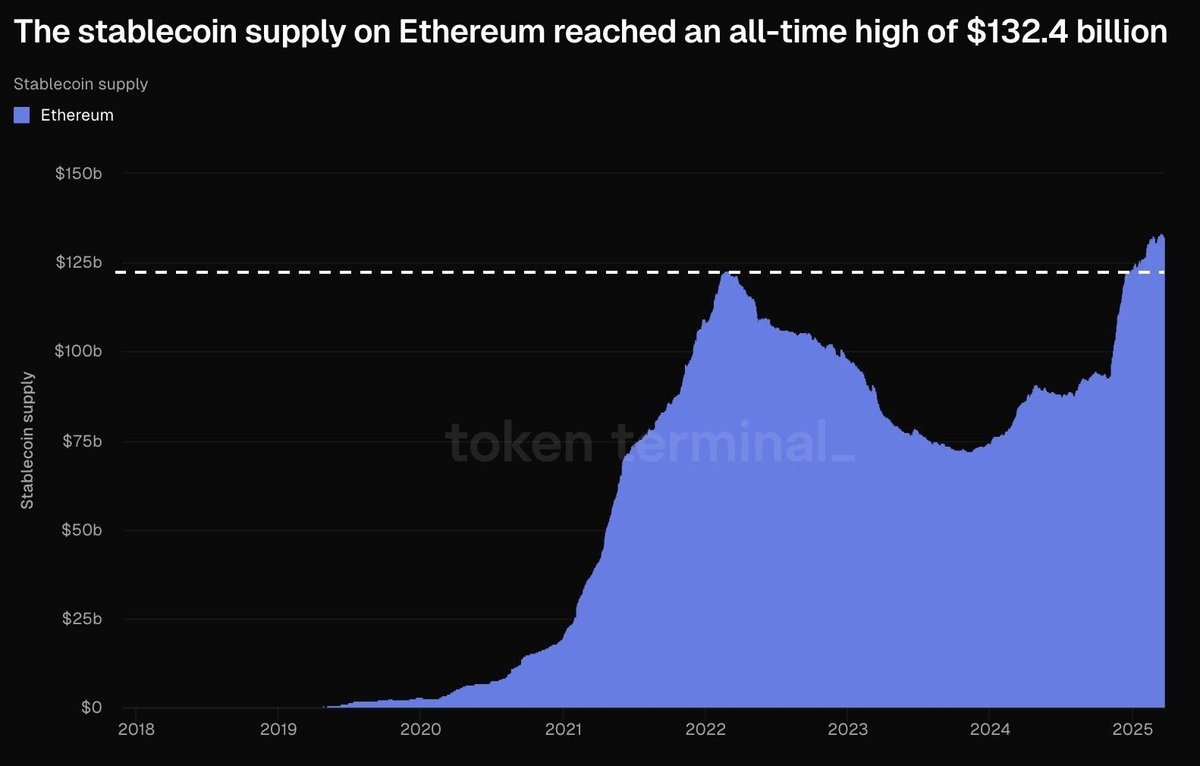

Source | Token Terminal
- LayerZero partnered with Wyoming to issue WYST, a new US state-level stablecoin.
- Chainlink signed a new deal with Abu Dhabi Global Market to tokenize real-world assets (RWA). It’s a clear signal that Middle Eastern financial hubs are pushing to merge blockchain with traditional finance infrastructure.
Institutional & Government Moves
Trump made a flurry of announcements this week:
- His media company will work with Crypto.com on a pro-America investment campaign.
- He called for lower interest rates, likely aiming to stir economic activity ahead of elections.
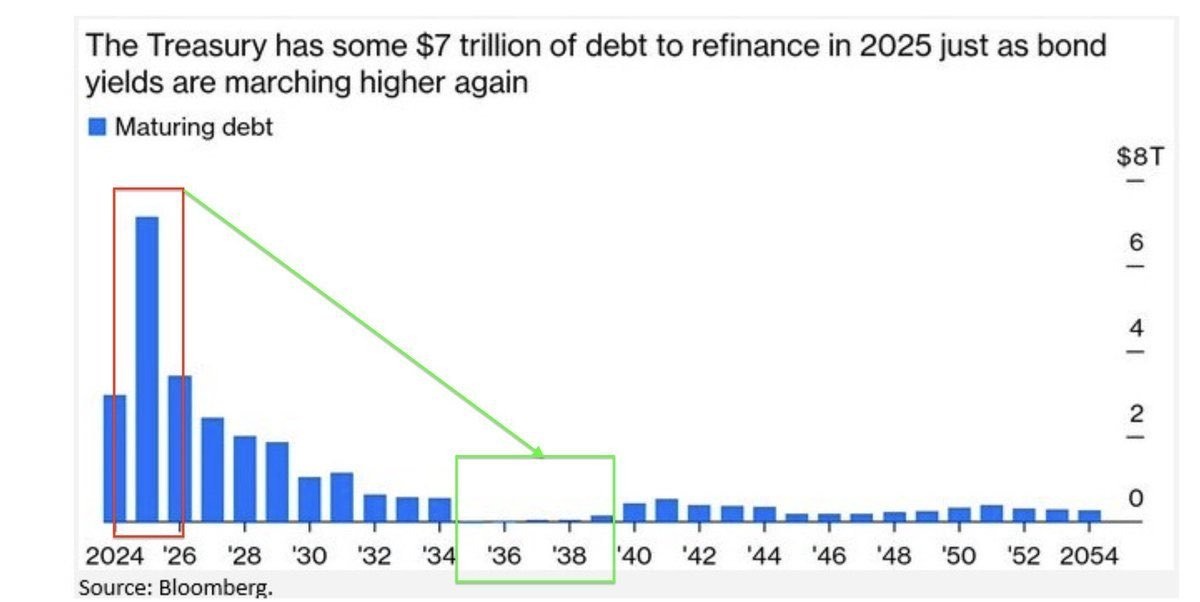

- A Trump advisor floated selling US gold reserves to buy Bitcoin, a radical proposal that shows just how pro-BTC his administration has become.
- And he officially pardoned Arthur Hayes, the former BitMEX CEO, along with his co-founders and the company itself.
Meanwhile:
- DWF Labs launched a $250 million fund to support large-scale crypto projects.
- 21Shares expanded in Europe with new Bitcoin, Solana, and XRP ETPs on Nasdaq Stockholm.
Macroeconomic Earthquake: Gold, GDP, and Tariffs
This week felt like a preview of 1970s stagflation, except with more digital assets and algorithmic trading.
- Gold hit its 50th all-time high in 12 months, rising 39% year-over-year and 16% YTD.


Source | nexgennews
- The Atlanta Fed adjusted GDP forecasts sharply lower, from +3.9% to -2.8%, blaming the skew on “depression-like” gold buying distorting the numbers.
- Core PCE inflation rose to 2.8%, above expectations. Long-term inflation expectations are now at 4.1%, the highest since 1993.
- Consumer sentiment collapsed in parallel, suggesting people are feeling the pressure of rising costs and economic uncertainty.
Trump’s tariffs only added fuel:
- New pharmaceutical tariffs are on the way.
- 25% auto tariffs now apply to cars not made in the US, potentially adding $12,500 to the cost of each imported vehicle.
The market’s reaction was severe: the S&P 500 lost $1 trillion in a day, its worst drop since March 10. With “Reciprocal Tariff Week” now underway, traders are bracing for even more volatility.
Tech Meets Crypto: Google & Elon Enter
Tech giants made their own crypto-adjacent moves:
- Google Cloud launched a validator on Injective and released advanced dev tools, strengthening Web3 infrastructure.
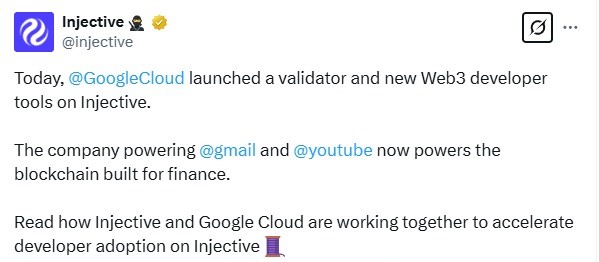

Source X @injective
- Elon Musk announced that xAI has acquired X (Twitter) in an all-stock deal. xAI is now valued at $80 billion, X at $33 billion. The merging of AI and social media could open up new on-chain integrations in the future.
Legal Footnotes: Tornado Cash & Clarifications
The US Treasury removed Tornado Cash from its sanctions list on March 21, though discussions reignited this week. While the Treasury argued the case is now moot, Coinbase’s CLO Paul Grewal pushed back, citing the “voluntary cessation” doctrine. The legal cloud isn’t entirely gone, co-founder Roman Storm still faces trial in April.
Final Thoughts
This week wasn’t just busy, it felt like a structural shift. Crypto isn’t operating on the fringes anymore. It’s in the White House, Wall Street portfolios, international regulations, and increasingly, mainstream monetary policy debates.
Whales are stacking. Governments are dividing. And the market? It’s trembling at the intersection of gold, inflation, and digital value.
As always, this article is not financial advice. Please do your own research (DYOR). A great place to start is blog.millionero.com. And when you’re ready, you can trade both spot and perpetual markets on Millionero.

